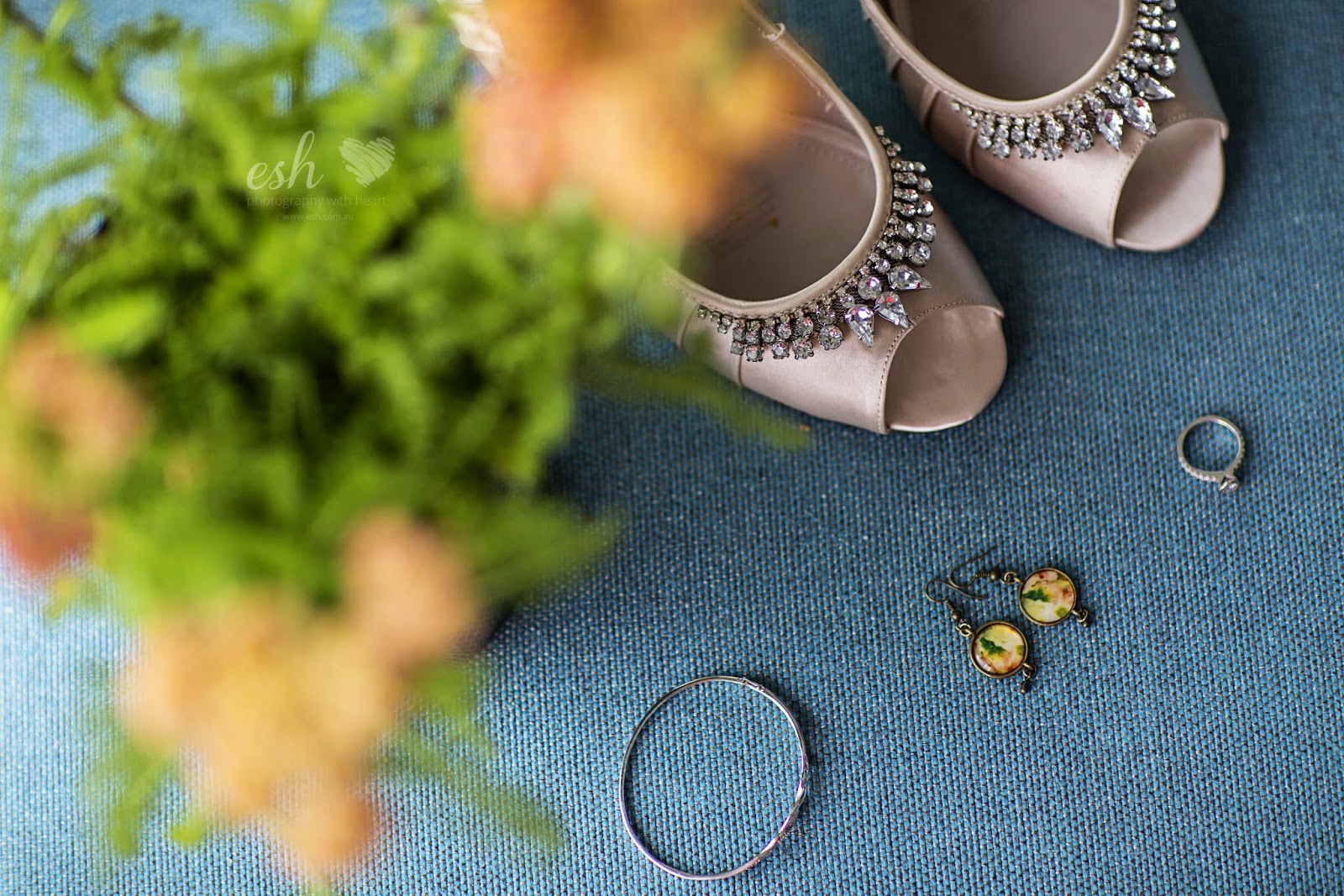When you're just starting out with digital photography and your new fancy DSLR camera, you almost have to learn a whole new language. It can be hard to keep up with all the photography lingo, and you may feel embarrassed to ask questions. Pretty much all of us started off the same way! And we think no question is a silly question.
Which is why we've put together this handy little terminology list for the beginner photographer.
Photography
Aperture
The opening that varies in size to allow light to pass through the lens affecting the exposure, the bigger the opening - the more light enters, the smaller - the less amount of light. To understand it more in-depth, read this article.
Bokeh
The quality of the out-of-focus area in an image.
Chromatic Aberration (CA)
Color fringing in images, noticeable by colored edges (usually blue, purple, red, green, orange, yellow) around objects in images.
Crop Sensor (APS-C)
A crop sensor camera has a smaller sensor than the full frame 35mm camera. Since the sensor is smaller, it zooms the image in.
Depth of Field (DoF)
The DoF defines what is or isn’t blurred in the background. A shallow depth of field means that only a portion of the photo is in focus (typically just the subject), while the rest is blurry.
Exposure
How light or dark an image is. Exposure is affected by ISO, aperture, and shutter speed. An over-exposed image means that it’s too bright, while and under-exposed image means that it’s too dark.
f-stop
The measurement of how wide the aperture is. The lower the number, the wider the aperture is opened.
To learn all about these terms and more, attend one of our courses.
This photography course is held over the weekend, starting on Saturday morning and finishing on the Sunday evening.
Contact us and we can arrange a date for a group, or, we will nominate a date that suits once we have enough numbers.
If you want some training now I would be more than happy for some one on one personal lessons.
Day 1 - theory & technical
Day 2 - practical
You can attend only one day if prefer.
Bring your friends and you receive a discount.
1 Friend = 10%, 2 Friends = 15%, 3 Friends = 20%
You can book up to 4 places using this system. For bookings beyond 4 places, please contact us and we can talk to you about a group booking rate.
If you do not have a credit card and can not pay online, please contact us and we will organise payment and registration.
Hit the drop down below to choose days and how many you are booking for and the price will update.
Fish-eye Lens
This is a type of wide angle lens. A fisheye has intentional distortion that makes the center of the image bulbous. Frequently used for artistic shots and landscapes, it’s a very specific style.
Fixed Aperture
A fixed aperture does not change as you zoom in and out. It is a single number that remains the same even as you change focal length.
Fixed Focal Length
You cannot zoom in or out, the focal length remains the same. Prime lenses are always at a fixed focal length.
Full Frame
A full frame camera has a 35mm sensor - like traditional 35mm film. A full frame covers more space and creates wider images even with the same lens on both a full frame and crop sensor camera.
Golden Hour
Golden hour is the time of day right after sunrise or right before sunset when you get a soft golden light from the sun adding a unique light and ambiance to your photo.
These 2 hour digital photo editing classes will focus on the digital photo editing basics.
- How to get images from your camera to your computer.
- The differences between RAW and JPGs
- Software choices and benefits
- Editing a RAW file
- Basic colour and contrast corrections
- Extracting and saving
- Online services and backing up options
ISO
The sensitivity of the camera’s sensor to light which affects the exposure. The lower the number, the less sensitive and the less grainy. Read about ISO more in-depth by clicking here.
Macro
Macro lenses are used for shooting things up close. They’re typically used for things like nature and insect photography.
Metering
This is the process of how your camera determines the exposure. You can change the metering on your camera so that it correctly exposes the image.
Moire
A distortion that occurs in patterns not usually found in nature (like fabric and lace). It usually has a wavy rainbow effect.
Noisy
A pix-elated or grainy look that comes from increasing your ISO
Prime Lens
A prime lens does not have the option to zoom in or out. It’s a fixed focal length. In order to change the distance to the subject, you must physically move around.
Shutter
A device in the camera that opens and closes that affects the exposure by determining how long it stays open. The longer it’s open, the more light is allowed to pass through the lens. Read more about shutter speed by clicking here.
Telephoto Lens
A telephoto lens has a very long focal length. Anything above 85mm on a crop sensor (135mm on a full frame) is considered to be a telephoto lens. Commonly used for sports and wildlife photography - though some smaller telephoto lenses are also frequently used for weddings and portraits.
Varying Aperture
You might notice that some lenses will have an aperture that looks like “f/3.5-5.6”. The widest aperture will vary depending on how long you zoom your lens. For example, on an 18-300mm f/3.5-5.6 lens, you will notice that at 18mm, the widest aperture will be f/3.5. However, at 300mm, it will be at f/5.6.
Wide Angle
A wide angle lens encompasses a wide scene in the shot. Often, wide angle lenses are used for things like landscape photography.
Wide Open
Shooting wide open means shooting at the lowest f-stop number - creating a very shallow depth of field.
Zoom Lens
A zoom lens has the ability to change focal lengths. You can stand in one spot and zoom in closer or further away from your subject.
Lighting
Bounce
Light that is reflected (bounced) off of a surface onto the subject.
Daylight Balanced
Temperature of light similar to that of daylight.
Fill
Light used to help balance out the shadows on a subject, essentially "filling" out the shadows.
Hair light
A light behind the model to light the hair and give it a glowing look.
Hot Light
This is primarily a video term. A hot light is a constant light that does not flash when you snap a picture.
Key Light
The primary source of light.
Rim light (Back-lighting)
Subject is lit from behind and highlights the edges (effectively, the rim).
Strobe Light
A flash. Typically referring to an off-camera flash.







